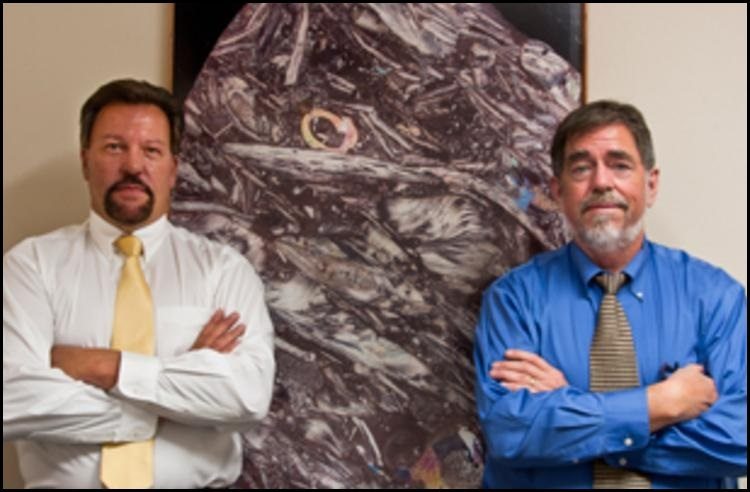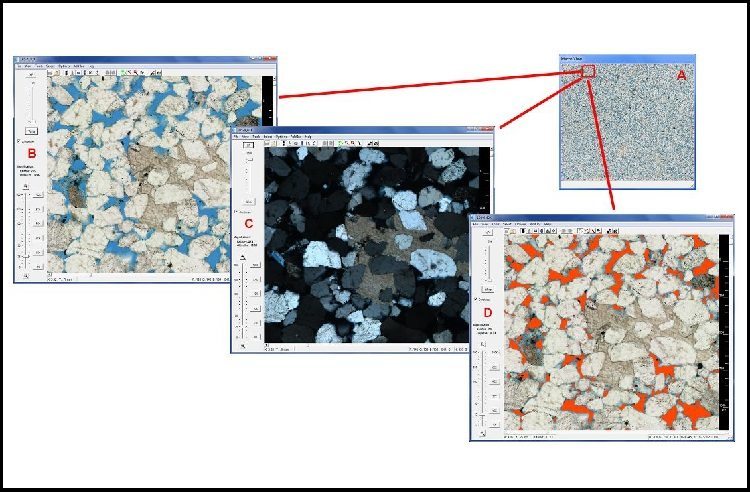A Brief Summary of Virtual Microscopy and Virtual Slides in Teaching, Diagnosis and Research
Authors: Jiang Gu, Robert W. Ogilvie
ISBN-13: 978-0849320675
ISBN-10: 0849320674
View this book on Amazon
View this book on Google Books
Despite a brief history, the technologies of virtual microscopy and virtual slides have captured the imagination of many, especially this current crop of students. Having come of age in the computer and Internet age, this emerging group of technicians and researchers tends to display a distinct preference for virtual slides and virtual microscopes. With many pathologists, morphologists, and microscopists already putting the virtual microscope to work, it will soon replace the light microscope as the instrument of choice for many applications.
In 2001, 72 medical students at University of South Carolina had the option of studying histology tissue samples with a traditional microscope and with a virtual microscope. Students primarily chose to use the virtual microscopy and virtual slides, 48 hours out of 53 hours. For the remaining 5 hours of instruction, students used light microscopes for oil immersion slides. In 2002 the students chose to use the virtual microscopes and virtual slides over traditional light microscopes.
In 2000, a study was conducted at the University of Iowa to assess the effectiveness of using virtual slides in their medical histology courses. The students rated the virtual slides and virtual microscope highly when compared to using the light microscope. The students preferred the virtual microscope laboratory.
Of importance, image quality of the virtual slides as observed with the computer was equivalent to that of microscope glass slides viewed with the light microscope. Moreover, localization of structures on virtual slides with the virtual microscope was considerably more rapid than trying to find a particular structure on a microscope glass slide with a light microscope. As an added bonus, the virtual microscope software provided the ability to standardize and archive images for instruction, testing, and/or research.
Disadvantages of optical microscopes and glass slides:
• Expensive to purchase, store, and maintain good quality student light microscopes
• Cost of purchase, storage, and maintenance of good slide collections
• Limited sources of commercial histology and pathology slides
• Difficulty in replacing high quality glass slide preparations (especially ones that were made in house) where breakage occurs.
• Need considerable space to conduct traditional labs and to store the microscopes and slide sets.
Advantages of virtual microscopy and virtual slides:
• Once a virtual slide is created, unlimited number of copies of that slide are available
• Amendable to self-study outside the teaching laboratory.
• No need to maintain real microscopes and slides
• More magnification steps possible than most student microscopes
• Possibilities of continuous zoom effects
• Comparison of two images at the same time
• Possibility of increased information content (labels on the virtual slide)
Virtual slides are always in focus with ideal condenser and light adjustment, thus decreasing the student time and some of the frustration in operating a real microscope.
Both the University of Iowa, University of South Carolina and the University of North Carolina use virtual microscopy to teach their medical students.





